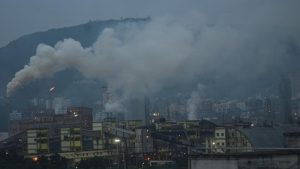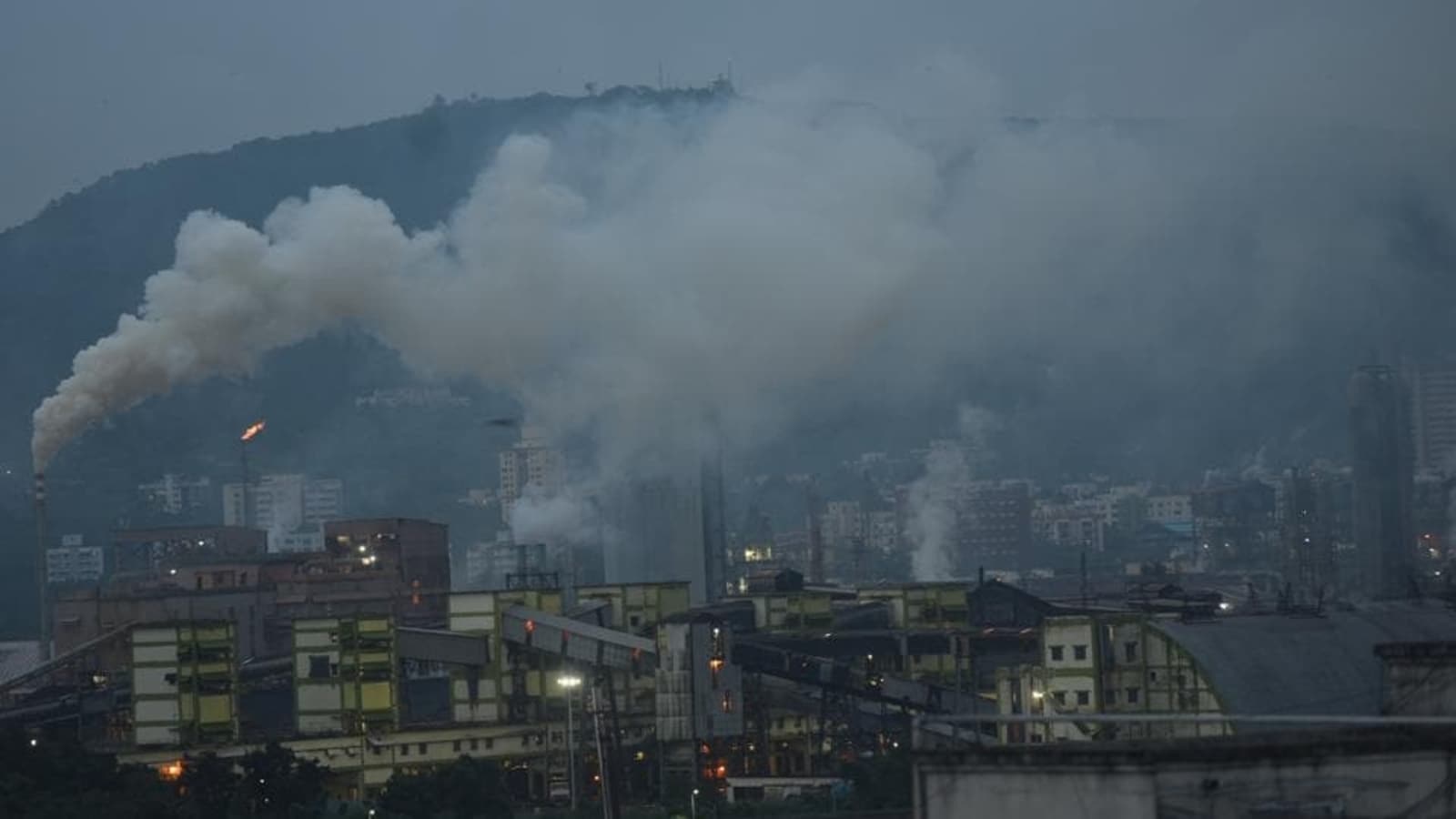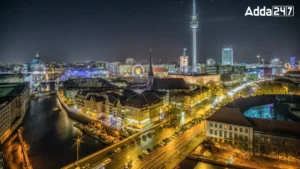
The World Health Organisation (WHO) has announced a tight revision in its air quality guidelines (AQG). This is the first revision in the global air quality by WHO since 2005. In the new guidelines, WHO has lowered the acceptable exposure levels to key pollutants, including ozone, nitrogen dioxide, sulfur dioxide, carbon monoxide and particulate matter (PM).
Buy Prime Test Series for all Banking, SSC, Insurance & other exams
Under the new guidelines:
- WHO has lowered acceptable thresholds for several pollutants, including PM 2.5. Now, PM 2.5 concentrations must remain below 15µg/m³.
- According to the new limits, average annual PM2.5 concentrations should not be higher than 5 micrograms per cubic meter.
- Air pollution kills at least 7 million people prematurely each year. The revised guidelines encourage countries to slash fossil fuel emissions.
- These guidelines are not legally binding on countries. The reduced level of air pollution will improve the health of people.
India Scenario:
- India continues to remain one of the most polluted countries in the world. Air pollution has become the main threat to health in many countries.
- The average concentration of PM2.5 in 2020 in New Delhi was 17 times higher than the recommended levels.
- The pollution level is also higher than the recommended levels in Mumbai, Chennai, and Kolkata.




 Which Glacier is the Source of the Brahm...
Which Glacier is the Source of the Brahm...
 What is the Full Form of EDP? Know Every...
What is the Full Form of EDP? Know Every...
 Which City of Germany is Known as the Gr...
Which City of Germany is Known as the Gr...







